How to Maintain Effective Well Control during Hydraulic Fracturing Operations
Well control is one of the most critical aspects of hydraulic fracturing (fracking) operations, aimed at ensuring the safe and efficient extraction of oil and gas. Hydraulic fracturing involves injecting high-pressure fluid into the well to fracture rock formations and release hydrocarbons. While effective, this process comes with several inherent risks that demand constant monitoring and management of well pressures, fluid dynamics, and equipment integrity to prevent accidents such as blowouts, kicks, or wellbore collapse. Effective well control in hydraulic fracturing operations is essential for the safety of workers, the environment, and the success of the operation itself.
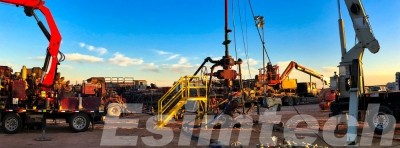
Understanding Well Control in Hydraulic Fracturing
Well control refers to the practices, techniques, and equipment used to monitor, manage, and maintain the pressures and conditions in the wellbore during fracturing operations. These procedures are designed to detect and prevent any uncontrolled influx of formation fluids, gas, or other hazardous materials that can enter the wellbore under pressure.
In the context of hydraulic fracturing, well control focuses on ensuring that the well pressure remains within safe limits, preventing issues such as kicks (influx of formation fluids into the well) or blowouts (sudden, uncontrolled release of fluids or gases from the well). Achieving well control requires close coordination between surface equipment, downhole tools, and the geological and operational conditions of the well.
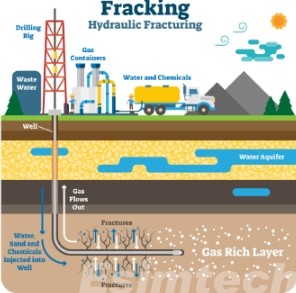
Key Well Control Challenges During Hydraulic Fracturing Operations
This chart highlights the most critical challenges faced during hydraulic fracturing and provides an overview of the mitigation strategies used to minimize risk and ensure safe operations.
| Challenge | Description | Potential Consequences |
| Pressure Management | Managing pressure during the fracturing process to prevent kicks or blowouts. | Well blowouts, wellbore collapse, loss of well integrity. |
| Kicks and Influxes | Influx of formation fluids into the wellbore due to unbalanced pressure. | Blowouts, uncontrolled fluid release, equipment damage. |
| Fracture Propagation Control | Preventing fractures from propagating into undesired formations. | Loss of zonal isolation, formation damage, undesired fluid migration. |
| Wellbore Integrity | Maintaining the structural integrity of the well during high-pressure conditions. | Well collapse, casing failure, loss of circulation. |
| Fluid Loss and Migration | Managing and controlling fluid loss to surrounding formations. | Loss of fracturing fluids, and contamination of surrounding formations. |
| Real-Time Data Monitoring | Monitoring pressure, temperature, and flow in real-time to detect abnormal changes. | Delay in response, inability to detect early warning signs. |
| Sealing and Isolation | Ensuring effective sealing and isolation of different wellbore zones. | Formation fluid migration, cross-contamination, pressure imbalance. |
| Equipment Failure | Malfunctions of key well control equipment (e.g., BOPs, pressure sensors). | Failure to control the well, potential for catastrophic blowouts. |
| Human Error and Decision Making | Inaccurate decision-making or delayed reactions to well control issues. | Increased risk of blowouts, and ineffective emergency response. |
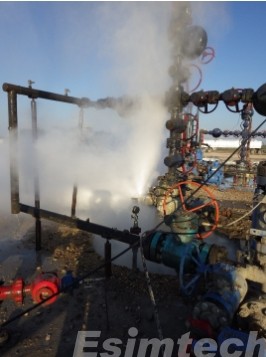
Technologies and Equipment to Maintain Well Control during Hydraulic Fracturing
1. Blowout Preventers (BOPs)
Blowout preventers (BOPs) are one of the most critical pieces of equipment used in well control, especially when high-pressure situations arise during fracturing. Located at the wellhead, BOPs are designed to seal off the wellbore and prevent the uncontrolled release of fluids and gases from the well in case of a blowout.
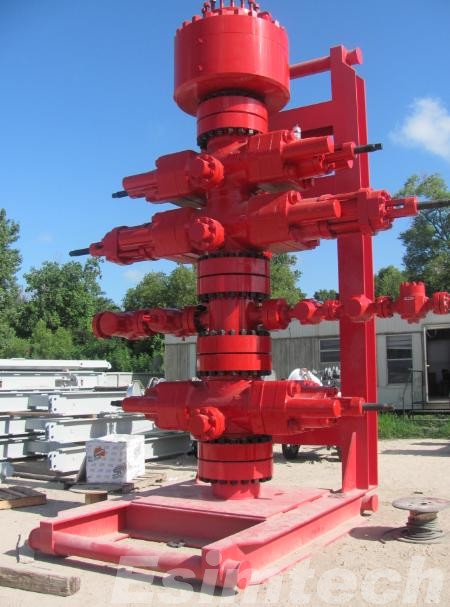
Types of BOPs:
- Annular BOPs: These are used to seal the wellbore completely, regardless of the shape or size of the pipe inside. They provide a reliable method for controlling the well when there are any pressure surges or kicks.
- Ram BOPs: Ram BOPs are used to cut through the pipe in the well or seal it off completely. They are ideal for isolating the wellbore in the event of a casing failure.
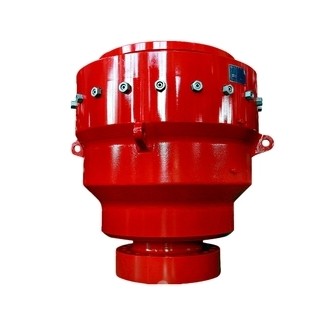
BOPs are equipped with hydraulic actuators that can be triggered automatically or manually during emergencies, and regular testing is essential to ensure they function effectively under high-pressure conditions.
2. Wellhead Equipment
Wellhead equipment is installed at the surface to manage the pressures and flow of fluids throughout the fracturing operation. The key components of wellhead equipment include:
- Casing head: Provides the pressure barrier and helps prevent fluid migration between different geological layers.
- Christmas tree: A set of valves and fittings used to control the flow of fluids into and out of the wellbore. During hydraulic fracturing, it allows for the controlled injection of fracturing fluids and the management of flowback fluids.
Wellhead equipment provides the necessary structural support for the wellbore and enables effective pressure management, making it crucial in maintaining well control throughout the operation.
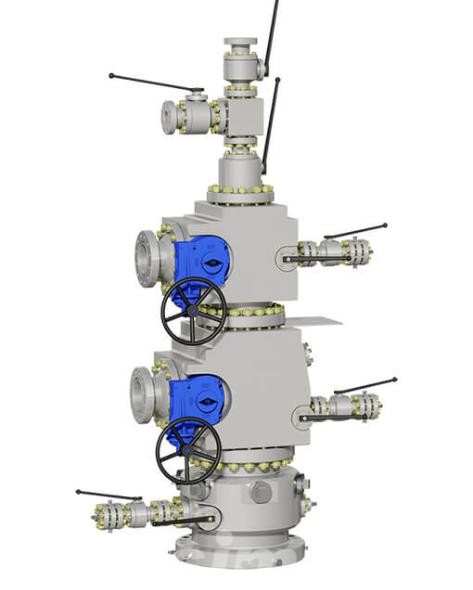
3. Pressure Sensors and Measurement Tools
Monitoring pressure in real-time is essential for maintaining well control during hydraulic fracturing. Pressure sensors and measurement tools are used to track the pressure in both the wellbore and the surface equipment. These tools help operators detect any abnormal pressure changes that could indicate potential issues like kicks, wellbore collapse, or other unsafe conditions.
Types of Pressure Sensors
- Downhole pressure gauges: These sensors are placed at various depths in the well to monitor the pressure at specific zones.
- Surface pressure transducers: Installed at the surface, these transducers measure the pressure in real-time, providing data to operators for quick decision-making.
- Real-time pressure monitoring systems: Integrated with automated systems, these provide constant updates on pressure levels and alerts when abnormal pressure conditions occur.
Accurate and continuous pressure measurements allow operators to take corrective action, such as adjusting injection rates or initiating shut-in procedures, to prevent well control issues.
4. Choke and Kill Systems
Choke and kill systems are integral components for maintaining well control by regulating the flow of fluids into and out of the wellbore. These systems are designed to handle high-pressure situations and prevent uncontrolled fluid flow, especially during a kick.
- Choke manifold: This system controls the flow of fluids out of the wellbore, typically using valves to regulate the pressure and flow rate. It is essential for balancing pressure and preventing pressure spikes that could lead to a blowout.
- Kill manifold: In the event of a kick, the kill manifold allows for the injection of kill fluids (heavier fluids such as mud or brine) into the well to counteract the pressure from the formation and stop the influx of formation fluids. This helps to stabilize the well and regain control.
These systems play a critical role in keeping pressure within safe limits and are activated when a kick or other pressure anomaly is detected.
5. Real-Time Data Acquisition and Monitoring Systems
Advanced real-time monitoring systems are crucial for ensuring well control during hydraulic fracturing. These systems continuously collect and analyze data from various sensors, including pressure, temperature, and flow rate, to provide operators with a comprehensive view of the well’s behavior. Real-time data acquisition systems are often integrated with automated control systems that can adjust operational parameters based on incoming data.
These systems allow for:
- Predictive analysis: Identifying patterns and trends in well behavior to predict potential problems before they occur.
- Early detection of kicks: Monitoring pressure changes and other indicators to detect the onset of a kick or other well control issues.
- Automatic adjustments: The ability to automatically adjust injection rates, flowback rates, and other parameters to maintain well control.
The use of real-time data helps operators make timely decisions and take corrective action quickly, minimizing the risk of well control problems.
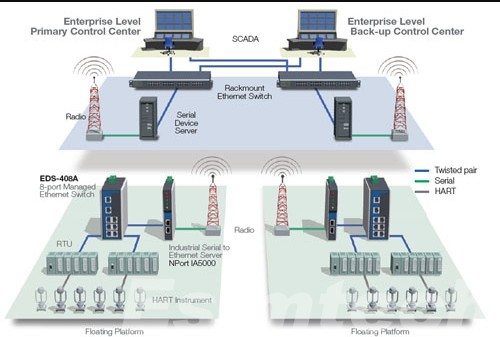
6. Cementing and Zonal Isolation Tools
Cementing plays a vital role in well control by providing a seal between the casing and the surrounding rock. This seal prevents the migration of formation fluids into the wellbore and maintains the well’s structural integrity. Proper cementing is critical to ensuring the wellbore can withstand the pressures encountered during hydraulic fracturing.
Zonal isolation tools such as packers and bridge plugs are used to isolate specific sections of the well during fracturing. These tools ensure that the injected fracturing fluids stay within the intended formation, preventing fractures from propagating into undesirable zones or causing crossflow between different formations.
Effective zonal isolation is key to preventing the migration of gas, water, or other formation fluids into the wellbore, which could lead to dangerous well control issues.
7. Automated Kill and Shut-in Systems
Automated kill and shut-in systems are designed to quickly and efficiently manage kicks or pressure anomalies. These systems are capable of automatically detecting an influx of formation fluids and initiating corrective actions, such as adjusting pressure, controlling injection rates, or activating shut-in procedures.
Automated systems provide several advantages:
- Rapid response: Immediate reactions to pressure changes can significantly reduce the risk of blowouts or other safety incidents.
- Precision control: Automation allows for more precise control of pressure and flow, reducing human error and ensuring consistent well control.
- Operational efficiency: Automated systems can reduce the time and labor required to manage well control situations, enhancing overall operational efficiency.
8. Fracturing Simulation Tools
Advanced simulation tools are used to simulate fracturing operations and predict well behavior under various conditions. These tools help operators optimize the fracturing process, plan for potential risks, and determine the best approaches to maintaining well control.
Simulation tools can model:
Fracture propagation: Understanding how fractures are likely to develop in the formation allows operators to avoid risks associated with fracture growth beyond the target zone.
Pressure management: Simulating how pressure will change throughout the fracturing process helps in designing safe injection rates and managing risks.
Using oil and gas simulation tools allows operators to make informed decisions and plan fracturing operations with better control over potential risks.
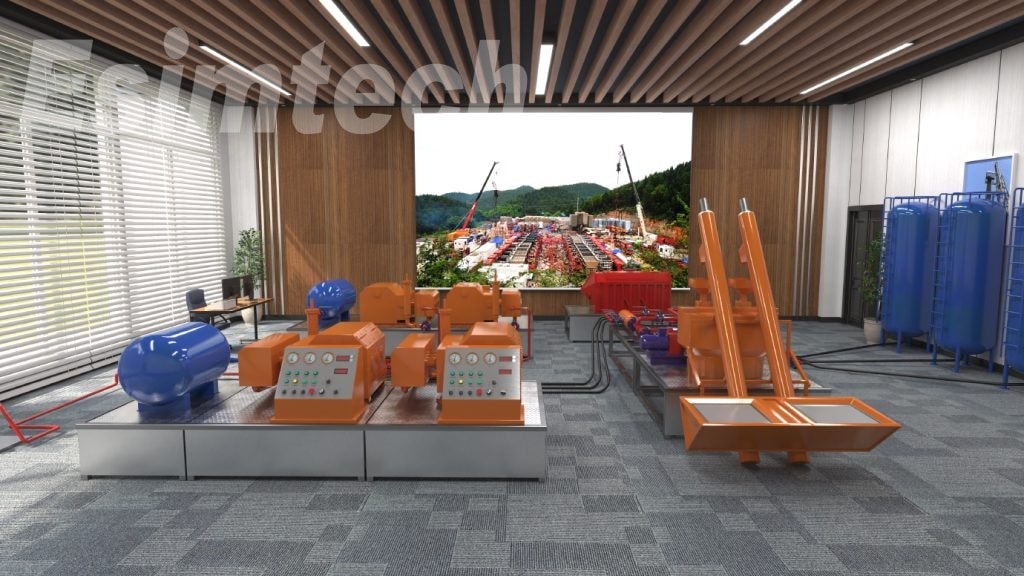
Best Practices for Well Control During Hydraulic Fracturing Operations
This chart provides a comprehensive overview of best practices that help ensure well control during hydraulic fracturing operations, emphasizing safety, efficiency, and proactive risk management.
| Best Practice | Description | Benefits |
| Pre-Job Risk Assessment and Planning | Conduct thorough risk assessments before operations to identify potential challenges. | Anticipates potential issues, allows for better preparedness. |
| Regular Equipment Testing and Maintenance | Conduct routine inspections and tests of well control equipment (e.g., BOPs, pressure sensors). | Ensures equipment functionality, reducing the risk of failure during critical operations. |
| Training and Operator Competency | Ensure that all personnel are properly trained in well control procedures and emergency response. | Reduces risk of human error and ensures quick, effective reactions to well control challenges. |
| Emergency Response Drills | Regularly conduct drilling emergency training simulations for emergency scenarios, such as blowouts or kicks. | Prepares the team for real-world emergencies and enhances response effectiveness. |
| Use of High-Quality Fracturing Fluids | Select appropriate fracturing fluids with additives designed to control pressure and prevent fluid loss. | Minimizes fluid loss to the formation and enhances pressure control during the operation. |
| Continuous Communication | Maintain constant communication between the rig, field personnel, and engineers throughout the operation. | Ensures all team members are aware of the situation and can act in unison during well control events. |
| Continuous Well Monitoring Post-Fracturing | After the fracturing operation, continue monitoring the well for any signs of pressure anomalies or influxes. | Detects potential issues early, preventing well control problems after the main operation. |
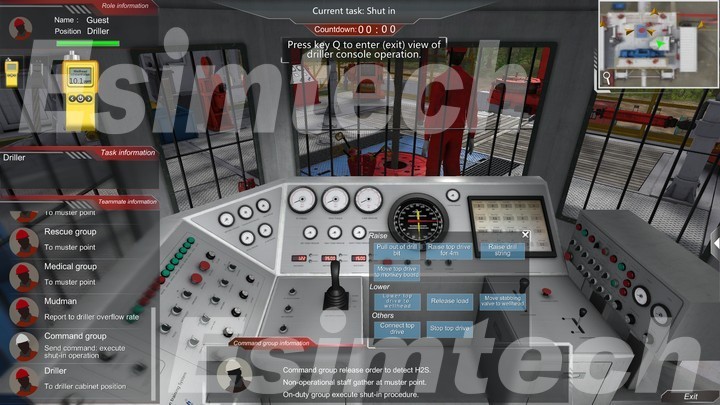
Final Thoughts
Well control in hydraulic fracturing operations is a complex and critical component of the fracking process. Through monitoring pressures, managing fluid influx, maintaining wellbore integrity, and adopting advanced technologies, operators can mitigate risks and ensure safe, efficient operations. Effective well control practices are essential for preventing accidents, safeguarding the environment, and achieving the successful extraction of hydrocarbons.

